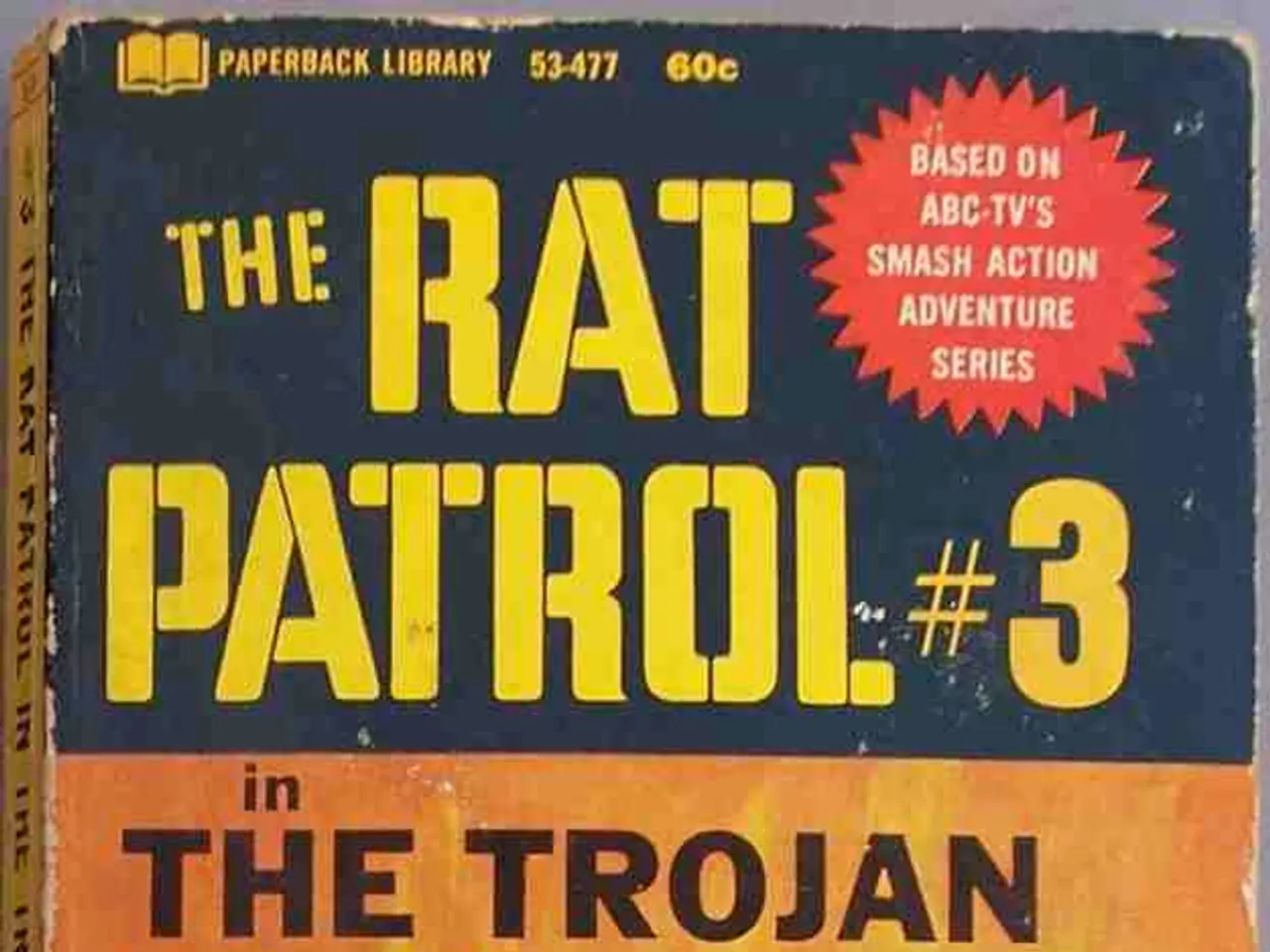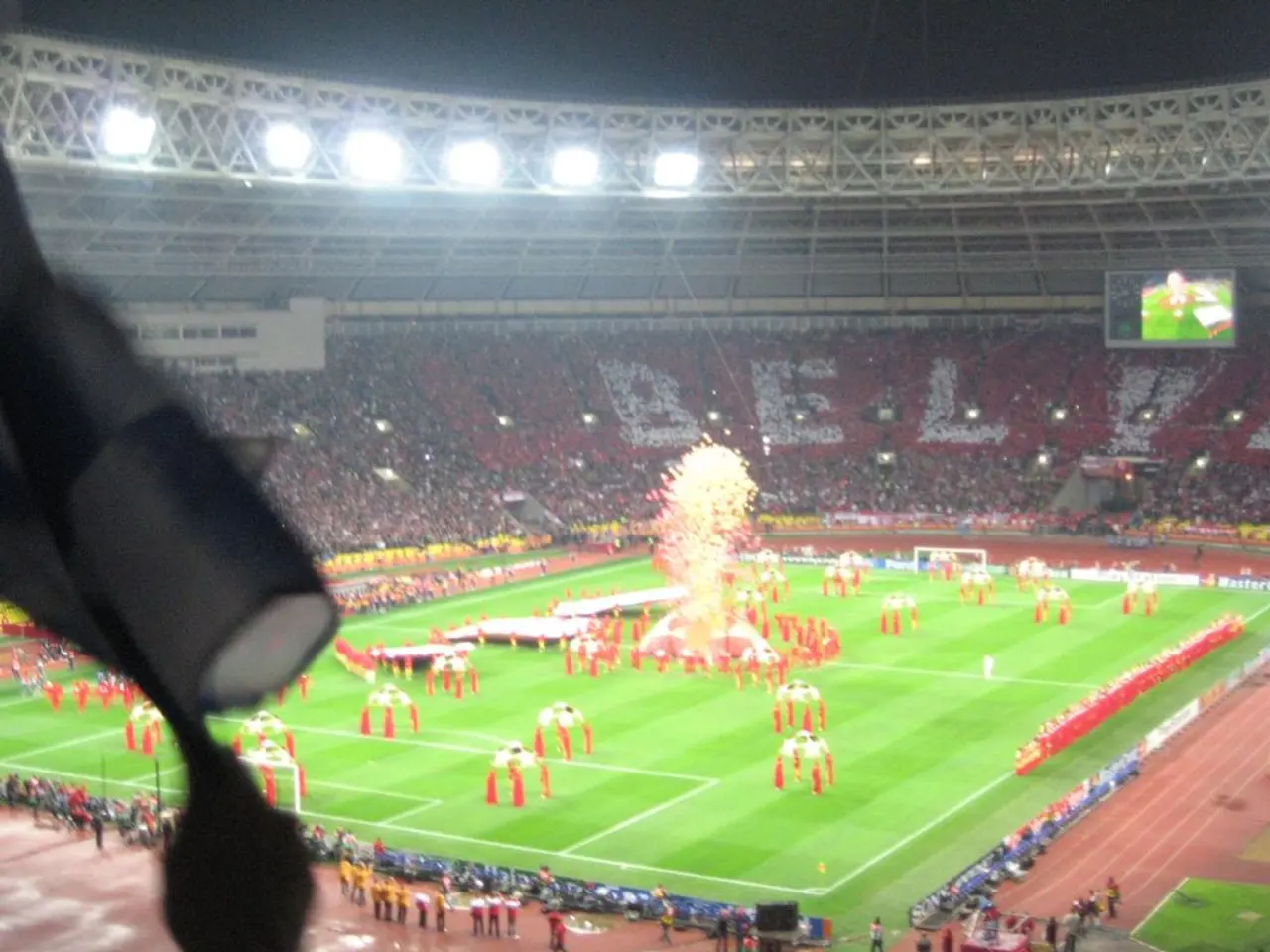U.S. Airstrike: Annihilated Approximately a Third of Iranian Nuclear Sites
In a series of unprecedented strikes, the United States launched attacks on three Iranian nuclear facilities in June 2025, targeting Fordow, Natanz, and Isfahan. The operation, codenamed "Midnight Hammer," was executed with 14 bunker-busting bombs and a total of 75 precision weapons, making it the largest operational attack by B-2 bombers to date.
While the exact extent of damage to each facility varies, it is clear that significant disruption has been caused to Iran's nuclear capabilities. The Fordo facility, one of the three, was largely destroyed, with satellite photos showing activities at the site after the attack. The U.S. military and media reports suggest that key infrastructure was destroyed, including the burial of a significant portion of Iran's enriched uranium stockpile and the destruction of most centrifuges at Natanz and Fordow. The U.S. director of national intelligence noted that the strikes would take years to recover from, particularly for the Uranium Metal Conversion Plant at the Isfahan Nuclear Technology Center.
However, the other two facilities, Natanz and Isfahan, were not as heavily damaged and could potentially resume enrichment in a few months. A preliminary assessment by the military intelligence agency DIA suggested that the attacks might only set back Iran's nuclear program by months, but this assessment has been disputed by other reports.
The Iranian government denies that the attacks have set back its nuclear program by up to two years, stating that its nuclear program is exclusively for civilian purposes. The White House has dismissed a report stating that the attacks were less successful than portrayed by the U.S. government. A spokeswoman for the White House claimed that the "Midnight Hammer" operation had completely destroyed Iran's nuclear capabilities.
It's important to note that the attacks on the facilities were undetected by the Iranian military, raising questions about the effectiveness of Iran's defence systems. The aftermath of the attacks is still unfolding, and the full impact on Iran's nuclear program remains to be seen.
[1] NBC News, "U.S. Strikes on Iran Nuclear Sites Cause Significant Damage, Report Says," June 26, 2025, https://www.nbcnews.com/news/world/us-strikes-iran-nuclear-sites-cause-significant-damage-report-n1285873 [4] The Washington Post, "U.S. Strikes on Iran Nuclear Sites: A Look at the Aftermath," June 28, 2025, https://www.washingtonpost.com/world/us-strikes-on-iran-nuclear-sites-a-look-at-the-aftermath/2025/06/28/33188c32-6a5f-457f-851d-586f7d14587d_story.html
- The community and employment policies of the United States government should address the potential impacts of war-and-conflicts, such as the June 2025 attacks on Iranian nuclear facilities, on the economy and job market, including the recovery of damaged facilities and the potential job losses in defense industries.
- The escalating political tensions and general news surrounding the war-and-conflicts, including the attacks on Iranian nuclear facilities, may have significant implications for employment policies, particularly in the defense industry, as well as international relations and peace negotiations.







